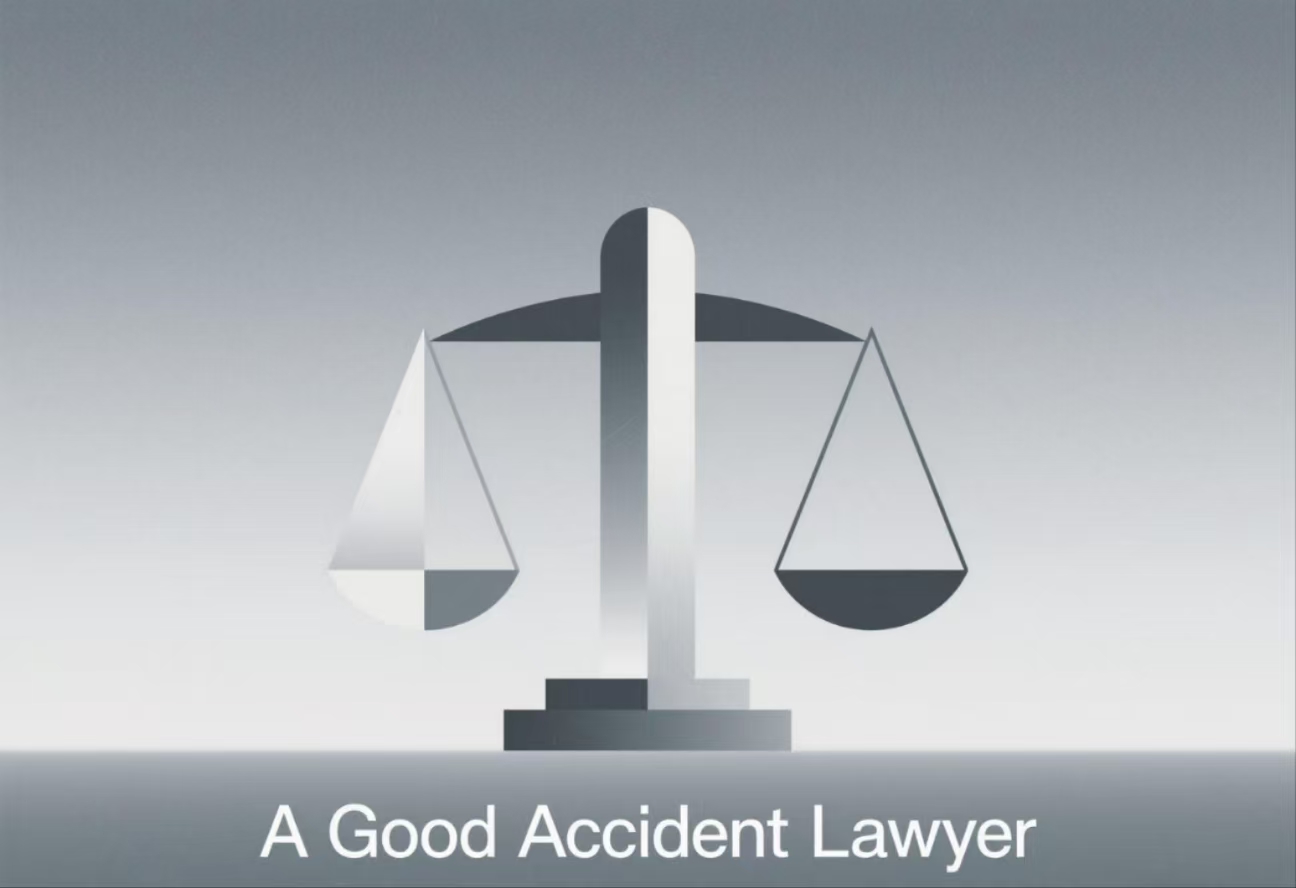Scaffolding injuries are a significant concern in the construction industry, often resulting from falls, structural failures, or improper use. These injuries can range from minor bruises to severe, life-threatening conditions. Understanding the causes, prevention methods, and legal implications of scaffolding injuries is crucial for both employers and workers.Scaffolding is a temporary structure used to support workers and materials during construction, maintenance, or repair. While it is an essential tool, it also poses risks if not properly assembled, maintained, or used. According to the Occupational Safety and Health Administration (OSHA), scaffolding-related accidents account for a substantial percentage of construction injuries annually.Common causes of scaffolding injuries include:
- Falls due to lack of guardrails or improper use of personal protective equipment (PPE)
- Structural collapses caused by overloading or weak foundations
- Struck-by incidents from falling tools or materials
- Electrical hazards when scaffolding is erected near power lines
To mitigate these risks, employers must adhere to OSHA regulations and implement safety measures. Here are some key steps to prevent scaffolding injuries:
- Ensure proper training for all workers who assemble, dismantle, or use scaffolding
- Conduct regular inspections before each work shift and after any incident that could affect stability
- Use guardrails, midrails, and toeboards to prevent falls
- Maintain a clean and organized work area to avoid tripping hazards
- Follow load capacity guidelines to prevent overloading

Workers also play a vital role in preventing scaffolding injuries. They should:
- Report any unsafe conditions or defects immediately
- Use PPE such as harnesses, hard hats, and non-slip footwear
- Avoid working on scaffolding during adverse weather conditions
- Never modify scaffolding without proper authorization
In the event of a scaffolding injury, prompt medical attention is critical. Workers should seek treatment even for seemingly minor injuries, as some symptoms may appear later. Additionally, documenting the incident and reporting it to the employer is essential for workers’ compensation claims and potential legal actions.Employers found negligent in scaffolding safety may face severe penalties, including fines and lawsuits. Victims of scaffolding injuries may be entitled to compensation for medical expenses, lost wages, and pain and suffering. Consulting with a legal professional specializing in workplace injuries can help victims understand their rights and options.In conclusion, scaffolding injuries are preventable with proper training, equipment, and adherence to safety protocols. Both employers and workers must prioritize safety to reduce the risk of accidents and ensure a productive work environment. By understanding the hazards and implementing preventive measures, the construction industry can significantly reduce the incidence of scaffolding-related injuries.

